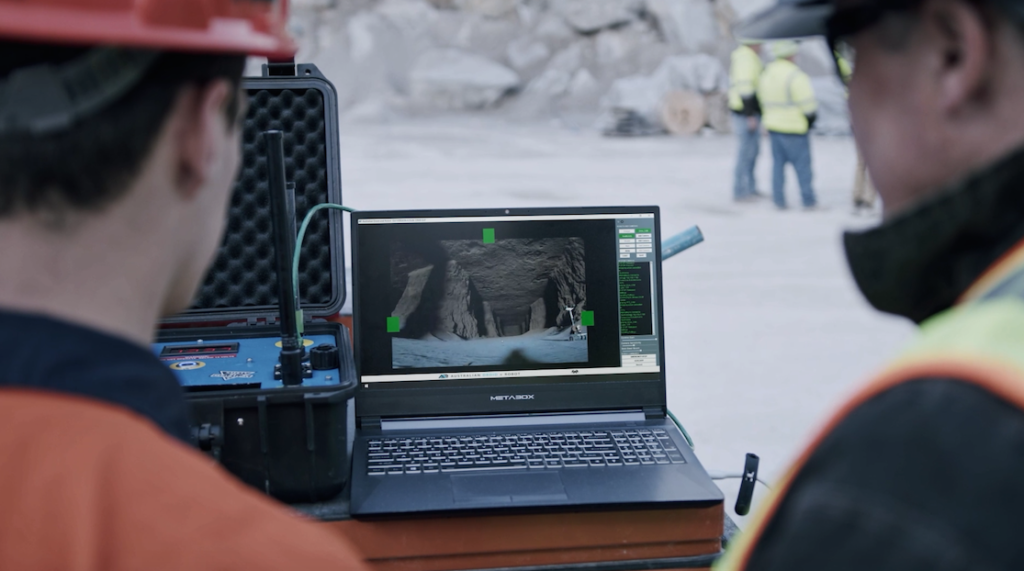Tim Chung: DARPA Subterranean Challenge | Sense Think Act Podcast #14

In this episode, Audrow Nash speaks to Tim Chung, Program Manager in the Tactical Technology Office at the Defense Advanced Research Projects Agency (DARPA), on the DARPA Subterranean (SubT) Challenge. The SubT Challenge is a robotics challenge that aims to develop innovative technologies that would augment operations underground. In this conversation, they talk about the motivation of the SubT Challenge, its systems (hardware) and virtual (simulation) challenges, how the resulting technology has been shared with the world, on benchmarking the robotics behaviors in simulation, on the challenge of scoping the SubT Challenge, and on building the final environment for the systems challenge.
Episode Links
- Download the episode
- The SubT Challenge’s Website
- Tim’s LinkedIn
- DARPAtv’s YouTube Channel
- SubT’s Repository on OSRF
Podcast info
The dm Drugstore Distribution Center Relies on Piab Suction Cups
Snow radars on drones could help track climate change
Robotic cubes: Self-reconfiguring ElectroVoxels use embedded electromagnets to test applications for space exploration
Artificial emotional intelligence could change senior users’ perceptions of social robots
Optimize Space with Conveyor Elevations and Line Egress Solutions
Flying joysticks for better immersion in virtual reality
Automated mining inspection against the odds

Image from Rajant.
Learn how Rajant Corporation, PBE Group, and Australian Droid + Robot – as part of a #MSHA (U.S. Department of Labor)-backed mine safety mission – achieved a historic unmanned underground mine inspection at one of the US’ largest underground room and pillar limestone operations in this comprehensive IM report.
Using ten ADR Explora XL unmanned robots, a Rajant wireless Kinetic Mesh below-ground communication network, and PBE hardware and technology, a horizontal mobile infrastructure distance of 1.7 km was achieved. This allowed the unmanned robots to record high-definition video and LiDAR to create a virtual 3D mine model to assess the condition of the mine, for the deepest remote underground mine inspection in history.
The inspection made it possible for MSHA to conclude within a very short time that it was safe to re-enter the operation and begin remediation efforts, which included allowing mine personnel back into the mine to re-establish power and communications, after which mining was able to recommence quickly at the site.
The project, in many ways, is the ultimate example of necessity breeding innovation. It also showcased the capability of Rajant wireless mesh networks underground to facilitate autonomous mining operations where underground Wi-Fi would not be up to the task.
New robot helps dairy workers make Havarti and Danbo
A reachability-expressive motion planning algorithm to enhance human-robot collaboration
A labriform swimming robot to complete missions underwater
A Fantastic Feeling – Lightweight Exoskeleton
Autonomously Transporting Crops
Suma Reddy, CEO of Future Acres, talks about her company which is focused on creating smart farming tools to reduce labor demand and increase efficiency. Suma introduces her journey into agriculture technology and the issues in current farming practices that can benefit from robotic solutions. Future Acres’s robotic harvest companion, Carry, autonomously transports crops within the farms and collects valuable data. Suma also discusses the impact of their technology and their visions for the future of agricultural technology.
Suma Reddy is Co-founder and CEO of Future Acres, an AgTech startup building advanced mobility and AI solutions for farms to increase production efficiency, farmworker safety and provide real-time data and analytics. She is a three-times AgTech + ClimateTech founder (vertical farming, organic waste-to-energy, renewable energy), is on the advisory board of Scale for ClimateTech, a Board Member of GrainPro, and teaches Entrepreneurship for Sustainability and Resilience at the NYC School of Visual Arts. Suma is passionate about sustainable solutions and the disruptive technology that will help advance a better environment and more resilient world forward.

Links
- Download mp3
- Future Acres
- Subscribe to Robohub using iTunes, RSS, or Spotify
- Support us on Patreon